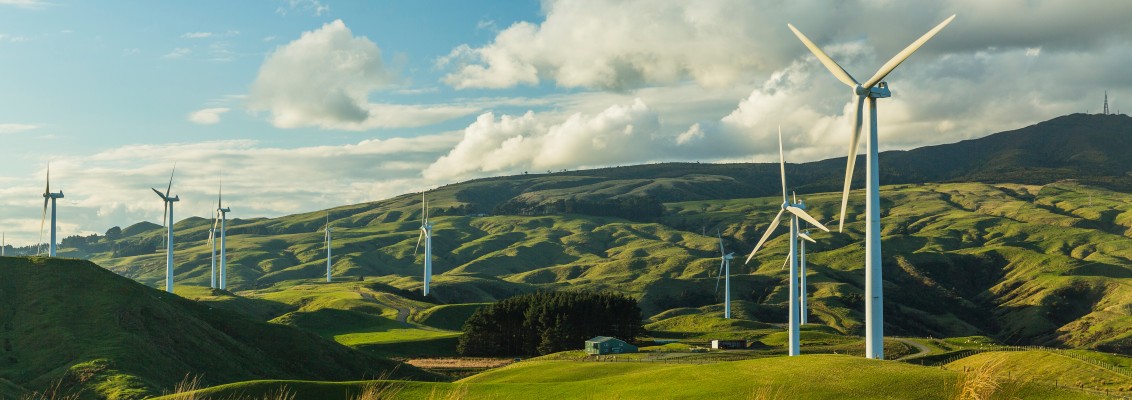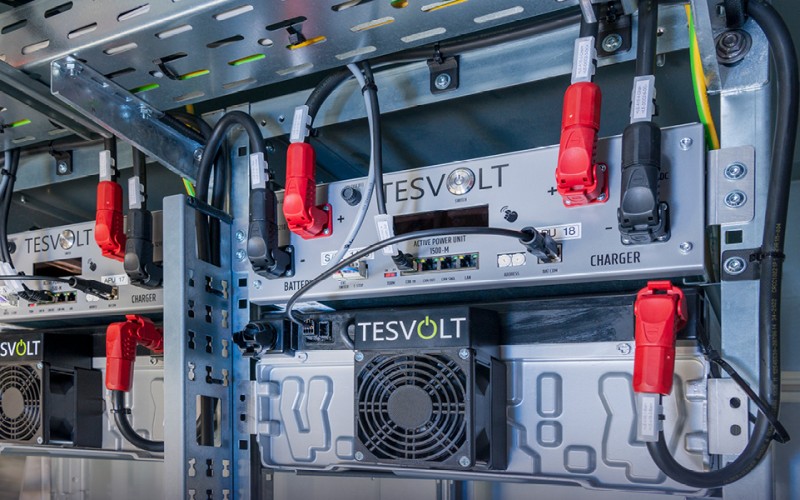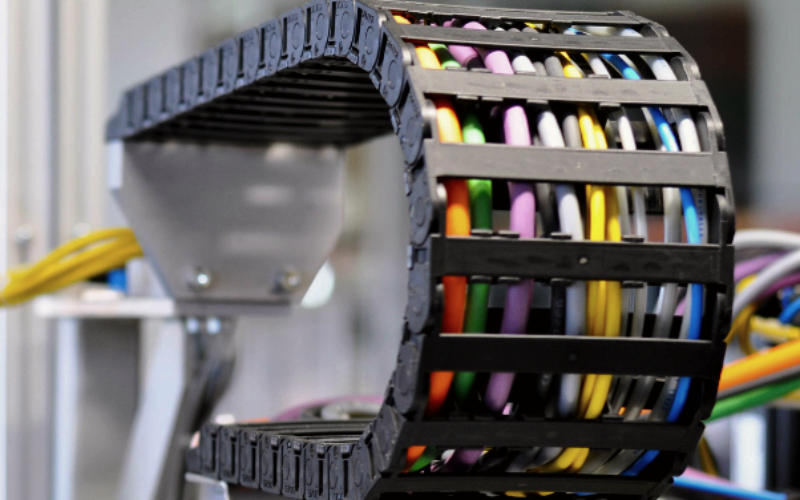The Cables that Channel Wind Power, to Power You
With the approach of the WindEnergy Hamburg 2024 event, we thought it was time to talk wind power! So, we’re looking at the what, where, and when of wind.

How Wind Power Generates Electricity
The short story is that wind turns propellers around a nacelle, which spins a generator and generates electricity.
The long story is that wind is used to create pressure and movement. It all considers aerodynamic forces. When wind flows across a wind turbine blade, air pressure on one side decreases. The difference in pressure on either side of the blade creates lift and drag which causes the blade to move and a rotor inside the nacelle to spin.
The key is that the rotor’s motion generates kinetic energy. Then, the generator (which can be in the nacelle or down the wind turbine’s shaft) will turn kinetic energy into electrical energy.
When Was Wind Power First Used?
Our very own National Grid tells us the story of wind turbines. The story of wind power begins as early as 5,000 B.C., when Egyptians would use wind to propel boats along the river Nile. Then, in the 1180s, we saw European settlements use wind power in windmills that ground flour.
It wasn’t until the 1800s when Mr. Daniel Halladay invented the first commercially usable windmill. He was part of the U.S. Wind Engine & Pump Company and patented the Halladay Windmill. Since then, it’s only been leap after leap. In 1980, the first wind farm was installed in New Hampshire with 20 wind turbines at 30kW each.
When Do Wind Turbines Produce the Most and Least Power?
Here in the UK, wind power varies drastically. An analysis by the Imperial College London found the average winter produced less wind power but the coldest days of winter produced the most.
Met Office researcher, Dr. Hazel Thornton, said, “...high pressure over Scandinavia and lower pressure over Southern Europe blows cold continental air [across the UK], giving high demand, but also high wind power. In contrast, winds blowing from the north, [...] give very high demand but lower wind power supply.”.
Where Does the Power From Wind Turbines Go?
Using speciality cables, electricity from the generator is transmitted to a transformer. This device increases the electrical voltage to match the National Grid. From here, the electricity moves down the power cables to the National Grid’s transmission network for distribution to homes and businesses.
Does HELUKABEL Supply Wind Power Cables?
HELUKABEL manufactures a range of products designed for wind power industries. Each has properties that make it suitable for various areas of the system. From nacelle to shaft to grid; we have torsion-resistant cables ranging from 0.14mm2 to 400mm2.
The HELUWIND WK POWERLINE series features highly flexible aluminium cables that can run the height of the wind turbine. Because of this, there’s no longer a need to splice the cable. In addition, we have developed a range of class 2, pre-assembled, stranded conductors that can be pre-installed into individual turbine components.
Our range of cables extends beyond the wind turbine, too. We have the most solutions for both onshore and offshore wind turbines as well as electrical connection technology for complete wind farms.
- Heat-resistant gables for generator connections
- Heat-resistant cables for slip ring transmitter applications
- Ethernet cables and bus technology for data transmission
- Pre-assembled fibre optics for varying constructions
- Plug-and-play solutions for quick on-site installation
How Does HELUKABEL Test Wind Power Cables?
At HELUKABEL, we put safety, quality, and performance, first. To achieve this across our portfolio, we have dedicated testing facilities at our R&D centre in Windsbach, Germany.
For wind power technology, we use a purpose-built testing tower. HELUWIND WK POWERLINE cable loops are reconstructed at a 1:1 scale and tested in conditions similar to real-life applications. The wind power cables show an outstanding level of mechanical durability in addition to high resistance to environmental conditions. For example, extreme temperatures, oils, ozone exposure, and UV radiation.
The standards by which we test our cables are particularly high. We use DIN VDE regulation in addition to achieving international UL and CSA approvals. This ensures they are suitable for global use in wide-scale wind power applications.
Read more about HELUKABEL’s products for wind energy production and infrastructure here or call the team on 0151 345 0808.
Alternatively, if you’re in the area, visit our German colleagues at WindEnergy Hamburg. As the leading trade show for the wind power industry, we’ll be showcasing our wind-related cables. In fact, we can demonstrate our competence as a partner to manufacturers and suppliers of wind turbines. From the 24th to the 27th of September, the team will be in Hall B6 at Stand 224.



